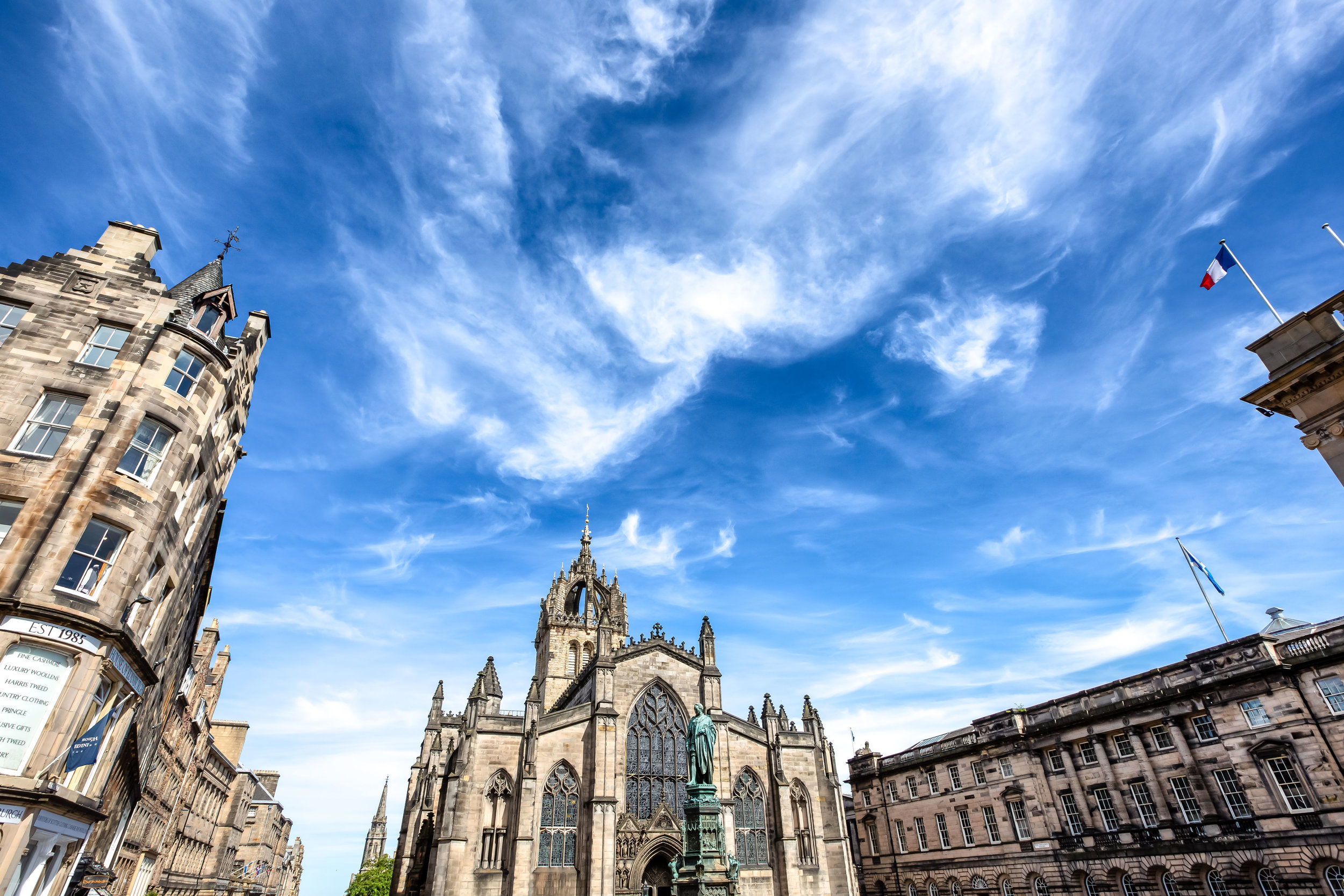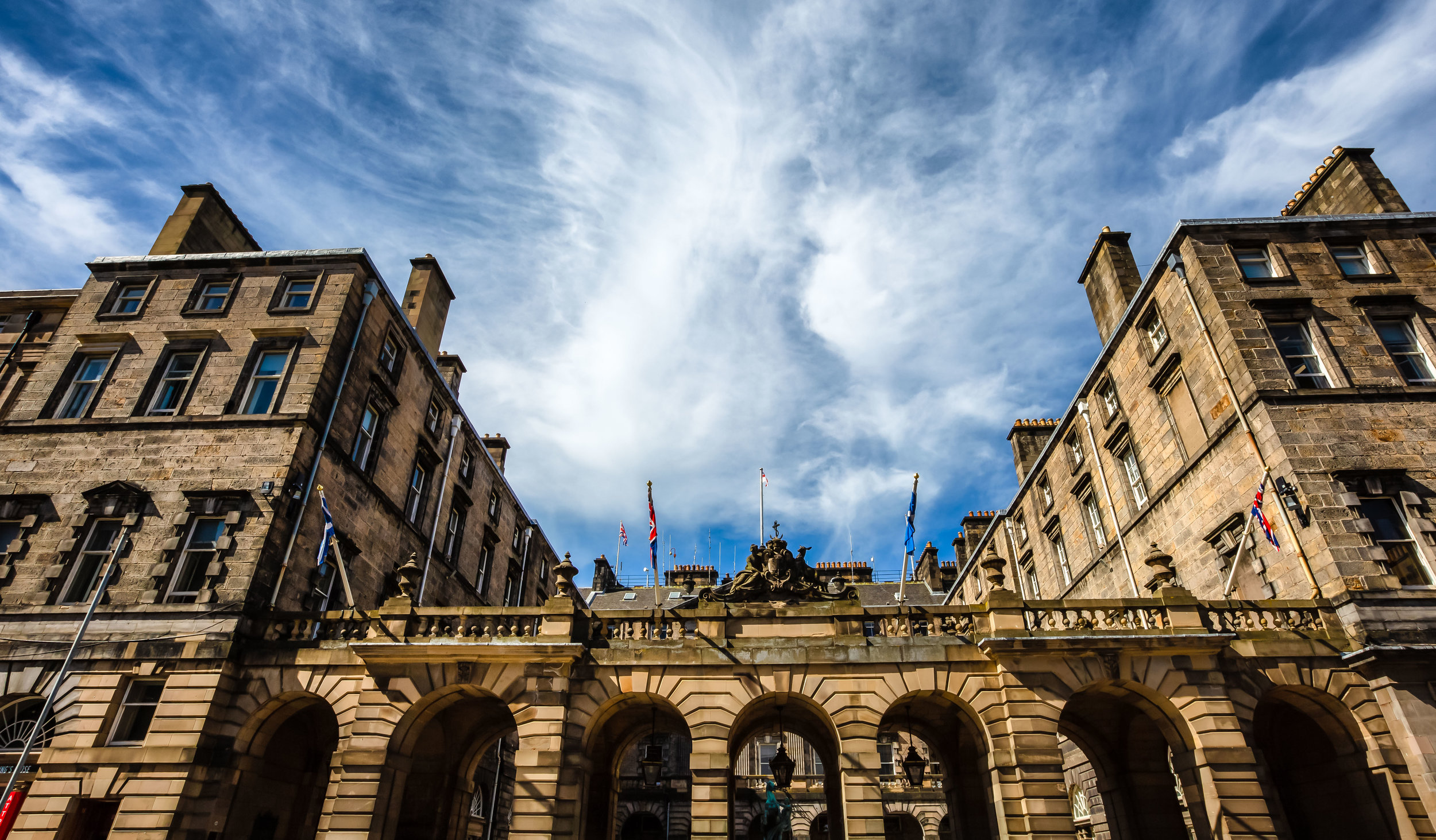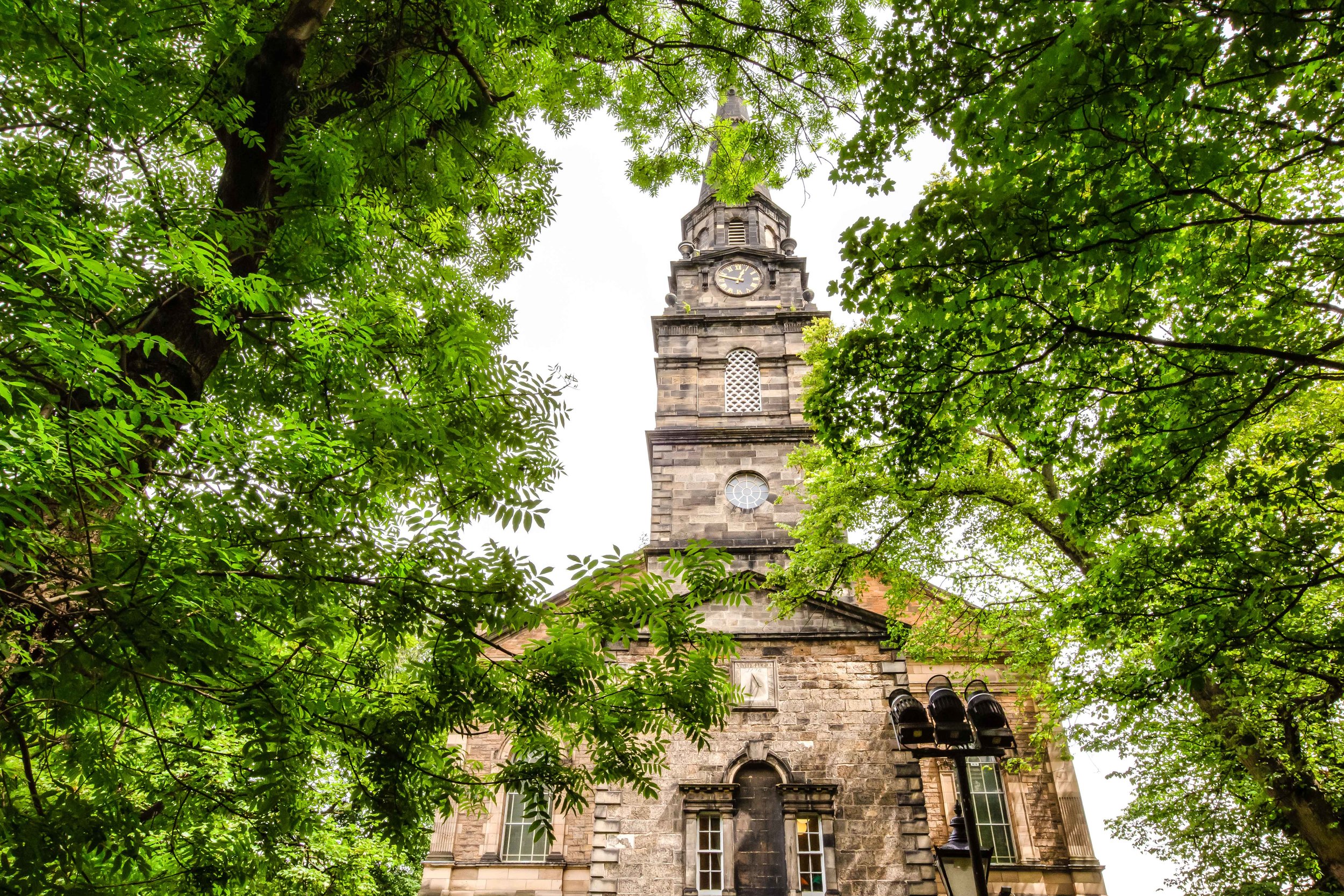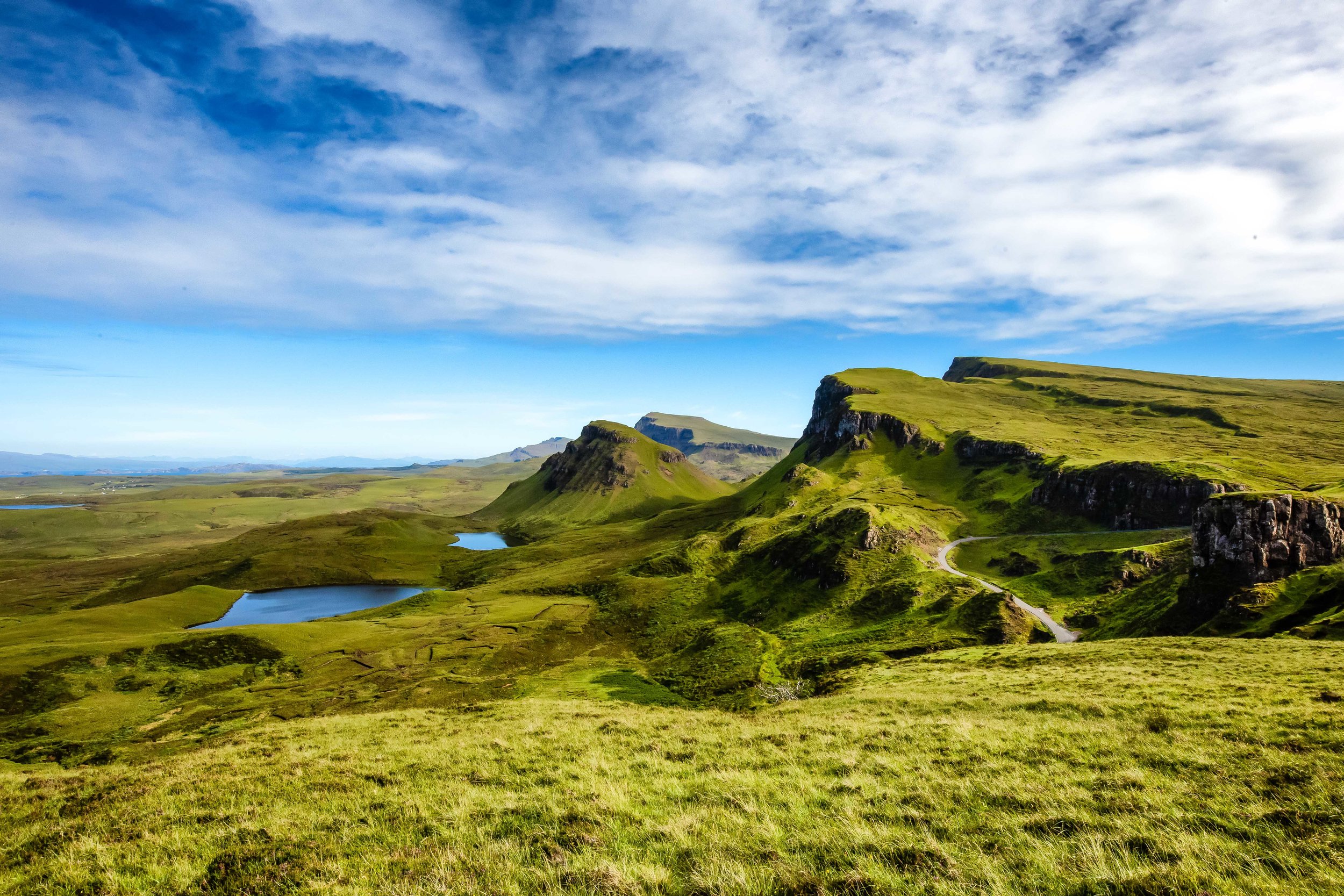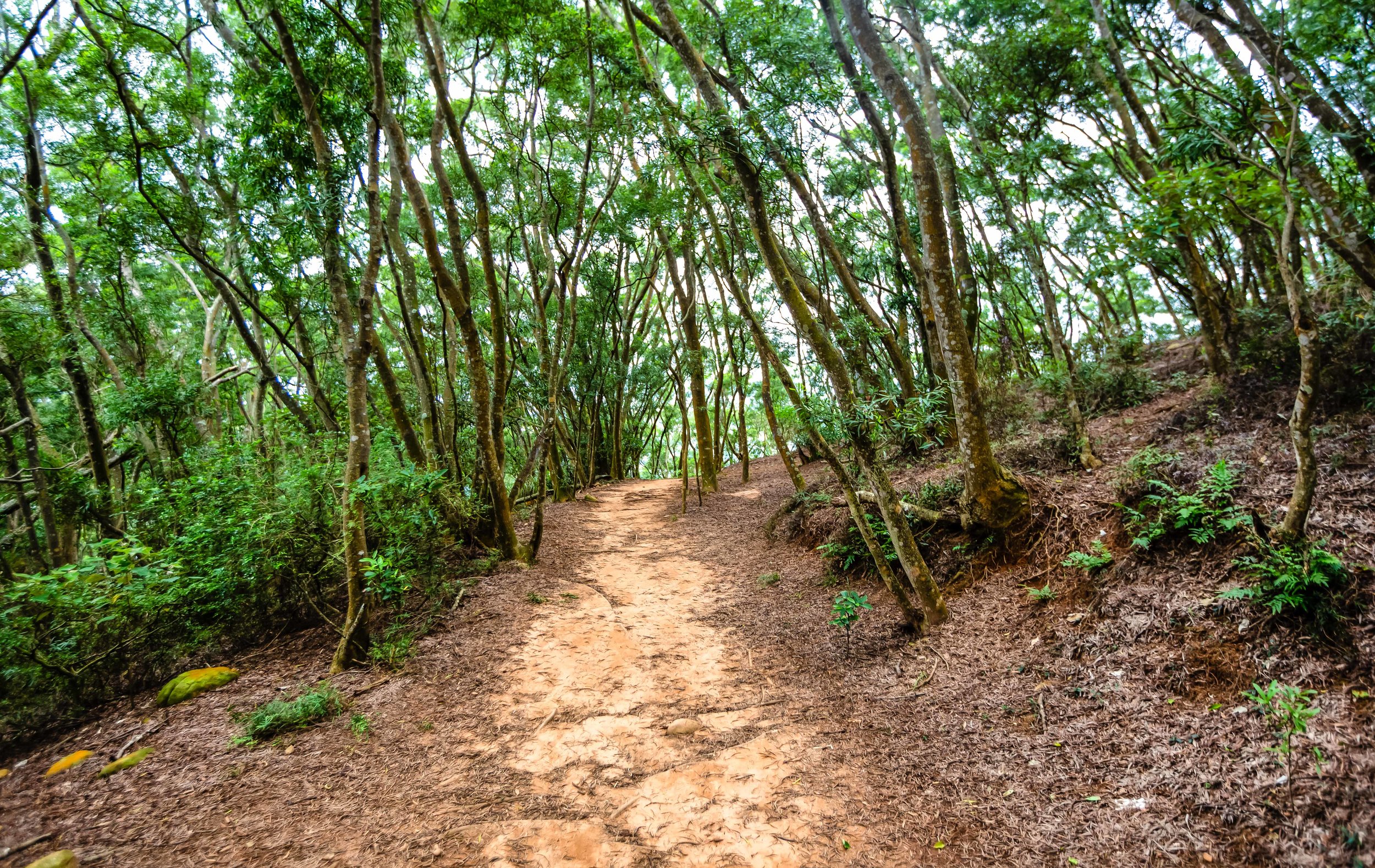A few months ago I was commissioned to take photos for an article, a sample forty-eight hour itinerary for people visiting Taipei for the Indonesian travel magazine, DestinAsian.
I couldn’t imagine only having two full days in Taipei - After more than a decade, I’m still finding new places and enjoying new experiences. It goes without saying that the article covered quite a few of the places I’ve already been to, but strangely there were a couple that were still new to me.
You might think its weird that an article describing places that people should see during a forty-eight hour trip to Taiwan actually took me, a travel photographer, over a decade to visit.
All I can say is, maybe I just don’t really have a thing for old forts.
I hail from Nova Scotia on the East Coast of Canada and grew up seeing forts all over the place - English forts, French forts, my neighbours snow forts, etc.
They just don’t really excite me very much.
Still, when you’re getting paid to take photos, you can’t really pick and choose what the client wants, so on an early morning, I made my way out to Tamsui to take photos of one of the area’s most important tourist destinations, the historic Fort San Domingo.
Geographically speaking, Tamsui (or Danshui) is actually a lot closer to where I live than Taipei is, but if you’re not driving a scooter or a car, its a bit of a pain in the ass to get there. If I drove a car, it would have taken about half an hour but with a bus to Taipei and then the long MRT ride, it ended up taking almost two hours.
Given the amount of time it takes to get out there, every time I’ve visited I’ve more or less stuck to the popular areas around the Old Street and the riverside. It’s also a bit embarrassing to admit that I was always under the impression that the fort was quite a distance away from the downtown area which prevented me from visiting.
Suffice to say, I found out that it is actually within walking distance from the MRT station.
Now that I’ve visited Fort San Domingo, I can honestly say that I regret not visiting sooner.
Not only should this spot be on the itinerary of every tourists visit to Tamsui, it is one of the few historic spots in Northern Taiwan that deals with Taiwan’s Western Colonial history.
History
With a history dating back to 1624, Fort San Domingo, both a fortress and consulate, has been one of the most significant locations (with regard to western trade) in Taiwan for almost four centuries. Over its long history it has been controlled by the Spanish Conquistadors, the Dutch, the Qing, the Japanese and the British before becoming a National Historic Site in the modern era.
With such a long list of owners, the fort also had a variety of names - Today we refer to it by its original name “Fort San Domingo” (聖多明哥城) but it has also been referred to as Fort Antonio (安東尼堡), Koumoujyo (こうもうじょう) and colloquially by the locals as Âng-mn̂g-siânn (紅毛城), which in Taiwanese Hokkien translates as the “Red Hair Fort”, a clever way of describing the ‘weird-looking’ Dutch people who came to Taiwan.
Coincidentally if you visit the fort today, it appears red in colour, painted that way to match the consulate residence next door, although I’d like to think that it was an ironic way of paying homage to the nickname the locals gave it.
Spanish Era
The history of a fort located in this area started with the construction of the original Fort San Domingo around 1628-1629. The Spanish, who had already established a colony on what is today’s “Heping Island” (和平島) in Keelung, sought to increase their land holdings and expanded by force into the Tamsui area which was already a popular trading outpost with Chinese merchants.
The original Fort San Domingo was constructed simply of clay, wood and bamboo polls but didn’t last very long. A few years after it was constructed, it was attacked and demolished by a group of angry locals who were irritated with the taxes levied on them by the Spanish governor.
In 1637, a year after the fort was demolished, it was rebuilt, but this time they instead used stone and raised the walls to over twenty feet making life for the over one hundred soldiers stationed inside much safer from attacks by local militias.
The locals unfortunately turned out to be the least of their concerns because in 1641 the Dutch started to show more interest in the region and weren’t really big fans of the Spanish hanging around.
After a couple of attempts (over a period of two years), the Dutch were able to kick the Spanish out of Taiwan. Before they did though, the Spanish demolished the fort out of spite, because they weren’t interested in sharing it.
Dutch Era
As mentioned above, the Dutch East India Company (荷蘭東印度工色) started to take an interest in the area in the mid-1600s with plans to expand their trade with the locals. First though they had to expel the Spanish from Tamsui and Keelung to ensure their monopoly on trade and the safety of their trade ships.
In 1642 the Dutch sailed into Tamsui harbour with a large naval and land force and laid siege on the fort for a period of three weeks. They then moved on to and eventually took the port at Keelung ending the short lived Spanish occupation of Taiwan.
Once the Dutch kicked the Spanish out of the area they moved quickly to secure their position constructing a new fort on the site of the original that laid in ruins. The new fort, named Fort Antonio (安東尼堡), constructed in 1644 is the historic site that you can still see today.
With 32 foot high walls made of brick and stone was home to over 80 soldiers who were stationed there to protect the area and ensure that the trade of deer skins and sulphur went smoothly.
A few decades later, In 1661, a naval fleet of over 200 ships, led by Koxinga (鄭成功) landed in southern Taiwan with the intention of expelling the Dutch and establishing a base of operations on the island. After a nine-month siege the Dutch were defeated and signed articles of surrender at their southern stronghold at Fort Zeelandia (熱蘭遮城).
Undeterred, they quickly signed a cooperation agreement with the newly established Qing empire in China and reestablished their Taiwan base of operations in Keelung and Tamsui.
Their stay however was short lived as they were unable to retake any of their former holdings in central Taiwan and revolts by the Basai Indigenous peoples (巴賽族) saw many of their properties burnt to the ground.
Under constant threat from the locals and being caught in the war between Koxinga and the Qing in the south, the situation became untenable and Dutch decided to abandon the fort and left Taiwan in 1668.
Qing Dynasty
From 1683 - 1867 the fort controlled by Qing government representatives stationed in Taiwan.
The Qing never actually took up residence in the fort but they constructed stone walls with four gates around the perimeter in order to fortify their position in case of attack.
During the reign of the Jiaqing Emperor (嘉慶帝), China got involved in several incursions with the French over territory in Vietnam. In response the French sailed to Taiwan and attacked in Tamsui and Keelung. Easily defeated, they soon realized that their coastal defense network in Taiwan was more or less useless so in the following years they constructed several fortifications in key economic hot spots to protect their interests.
None of that would really matter though because in 1860s, as a result of the Second Opium War (第二次鴉片戰爭), the Qing were forced to sign the Treaty of Tianjin (天津條約) ceding Hong Kong to the British as well as Fort San Domingo (among many other properties) which would be used as a trade consulate.
When the British moved in, the fort was in bad shape with moss and other stuff growing on the walls, so they decided to clean it up and paint the fort red. Later they constructed the beautiful residence next to the fort to serve as a consular residence.
Notably, British linguist Herbert Allan Giles, known for his creation of a romanized system for Mandarin, lived in the fort or a period of three years while conducting research on what would become the Wade-Giles system of romanization (威妥瑪拼音), which is still widely used in Taiwan today.
Japanese Colonial Era
When Japan took control of Taiwan in 1895, things pretty much stayed the same at the British Consulate. The office continued to conduct its affairs and thanks to the colonial governments development projects, was able to modernize the property with running water, a sewage system and electricity.
In 1930, the Japanese government listed the site as a National Historic Monument (史蹟名勝天然紀念物保存法) and conducted surveys of the site to ensure its preservation.
Modern Era
When the Second World War came to an end, the Japanese were forced to surrender control of Taiwan to Chiang Kai-Shek and the Republic of China. The British returned to Taiwan and re-opened the consulate in 1946 and even though diplomatic relations between the ROC and the UK broke off a few years later, the consulate remained open to maintain economic ties.
In 1972, the British moved out of the consulate and tried to sell the land to the local government which wanted to turn the fort into a public museum. The asking price for the land however was far too high and the government refused to pay. Instead of selling the fort, the British placed the it under the stewardship of the United States which would maintain the grounds.
When America established relations with the People’s Republic of China in 1979, they were forced to cut formal diplomatic relations with Taipei, which once again made the question of the ownership of the fort an issue. The British didn’t have much interest in continuing to argue with the government, so in 1980 they turned over ownership of the fort, which was then listed as a National Historic Site and plans were made to open it up to the public.
In 1984, after a period of restoration, the fort was opened and amazingly attracted more then 40,000 visitors on its first day of operation.
Ownership and operation of the fort was later transferred to Taipei County (Currently New Taipei City) in 2002, which came up with plans to renovate the park after years of tourism put considerable wear and tear on the grounds.
After being closed for a year the fort reopened again to the public in 2005 as part of the Tamsui Historical Museum (淡水古蹟博物館), a network of historic sites in the area that has a modest admission fee and provides access to each of the sites.
Design
The area that encompasses ‘Fort San Domingo’ consists primarily of two main buildings which include the fort and the former consular residence. The area however is set up a bit like a park with a nature area on the hill below the main buildings with some additional buildings setup that help tourists learn about the area and provides shaded rest stops for visitors to have some food or drinks.
Strangely though, the actual fort is often a bit of an afterthought for most tourists as they prefer to spend most of their time touring and taking photos of the beautiful Victorian-style mansion instead. And you know what, I can’t really blame them. As far as architecture goes, the consular residence is absolutely beautiful and is a rare sight in Taiwan - The fort on the other hand isn’t really that appealing to the eye.
Fort San Domingo (主堡)
The information you’ll received on site claims that Fort San Domingo is the oldest surviving historic building in Taiwan. I’m not sure how much I believe that, but I guess I’ll give them the benefit of the doubt on this one, because yeah, it is pretty old.
The fort, which was constructed on the top of a hill overlooks the mouth of the Tamsui River and was constructed in a strategic location allowing the people in the tower to have the ability to closely watch who was coming and going through the river.
The fort is square-shaped and is about 15 meters in length and 13 meters in height. The walls around the fort are about two meters thick and were constructed with the thought that they could withstand artillery attacks.
The two-storey fort used a mixture of stones and brick to strengthen the walls of the structure. The outside walls, which were originally painted white were painted with stucco and lacquer but was later repainted red by the British to match with the colour of the consular residence.
The interior of the fort consists of a few rooms, which used to house soldiers and later consular officials. There’s not much to see inside, but the people who run the site have added some exhibitions that let you learn about what life was like when the fort was once a military outpost.
Consular Residence (領事官邸)
The beautiful Victorian-style Consular Residence is where most tourists focus their attention while visiting the area. The large two-storey brick building, constructed in 1891 is considered to be indicative of British colonial style architecture but mixes in a bit of local construction techniques that help to shelter the building from wind and rain.
The exterior of the red brick building is beautifully designed with arches along the veranda that encircles the perimeter of the building and makes for some beautiful photos.
The interior consists of several rooms on the first floor that were used for consular affairs including offices, a large foyer, meeting room and dining room, etc. The second floor likewise consists of three large bedrooms and storage rooms that housed the consular officials and their families. The rooms are large and beautiful and are currently full of displays that educate guests on what life in the residence was like.
The residence was designed by a British architect, but the craftsmen who constructed the building as well as the bricks and other material used in its construction were all imported from Xiamen in China. Likewise, the fireplace and clocks in the building were also imported, but directly from England.
Unlike the fort, most of the rooms in the residence are open the public and there are informative displays in each of them that allow visitors to learn about the house.
If you’ve got time, I recommend checking out each of the rooms, then walking around the perimeter of the building and checking out the line of cannons that sit to the rear of the building in the area between the fort and the consular residence.
For a more detailed description of the design of the consular residence check this link: Tamsui Historical Museum - The British Consular Residence.
Getting There
Fort San Domingo is located a short distance from the main stretch of the Tamsui Old Street. If you are planning a day-trip to the area, I recommend first walking from the Tamsui MRT Station (淡水捷運站) to the fort, checking it out and then making your way back to the MRT station walking along the riverside. This way you’ll get to walk the entire loop and not miss anything.
There are of course a few places you could stop along the way including the historic Fuyou Temple (福佑宮), Tamsui Church (淡水禮拜堂), the Tamsui Red Castle (淡水紅樓) and the Tamsui Customs Officers’ Residence (小白宮) among others.
If you follow this route, you can easily leave the MRT station and walk straight down Zhongzheng Road (中正路) until you reach the fort - even visiting a few places along the way. Then when you’re finished you can explore the Old Street along the riverside on the way back.
For those who have their own itinerary in mind, the address for the fort is:
No. 1, Lane 28, Zhongzheng Road. Tamsui District, New Taipei City. (新北市淡水區中正路28巷1號)
If you prefer to save some time and take a bus to the fort, you can take either bus #836 or Red 26 directly from the Tamsui MRT Station bus terminal.
You should also note that Fort San Domingo is open on weekdays from 9:30-5:00 and from 9:30-6:00 on weekends. It is closed only on the first Monday of every month.
There is also a modest admission fee of $80NT that offers visitors access to Fort San Domingo as well as nearby Hobe Fort (滬尾礮臺) and the Tamsui Custom Officer’s Residence (小白宮).
You have the option of paying with cash or your EasyCard (悠遊卡).
After living in Taiwan for so long, it is hard to believe that it took an article about a 48 hour trip in Taipei to get me to this historic tourist destination. In retrospect that is something I regret, I should have visited much sooner. If you’re travelling in the Tamsui area, you should definitely take the time to visit as well.
























